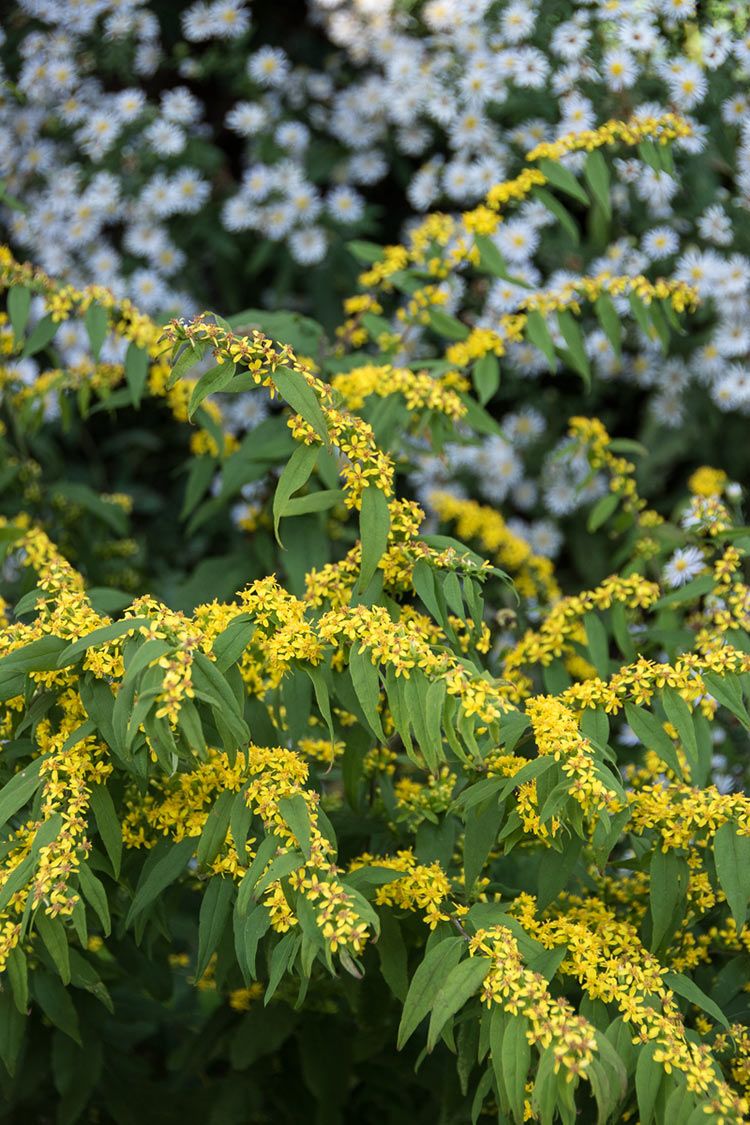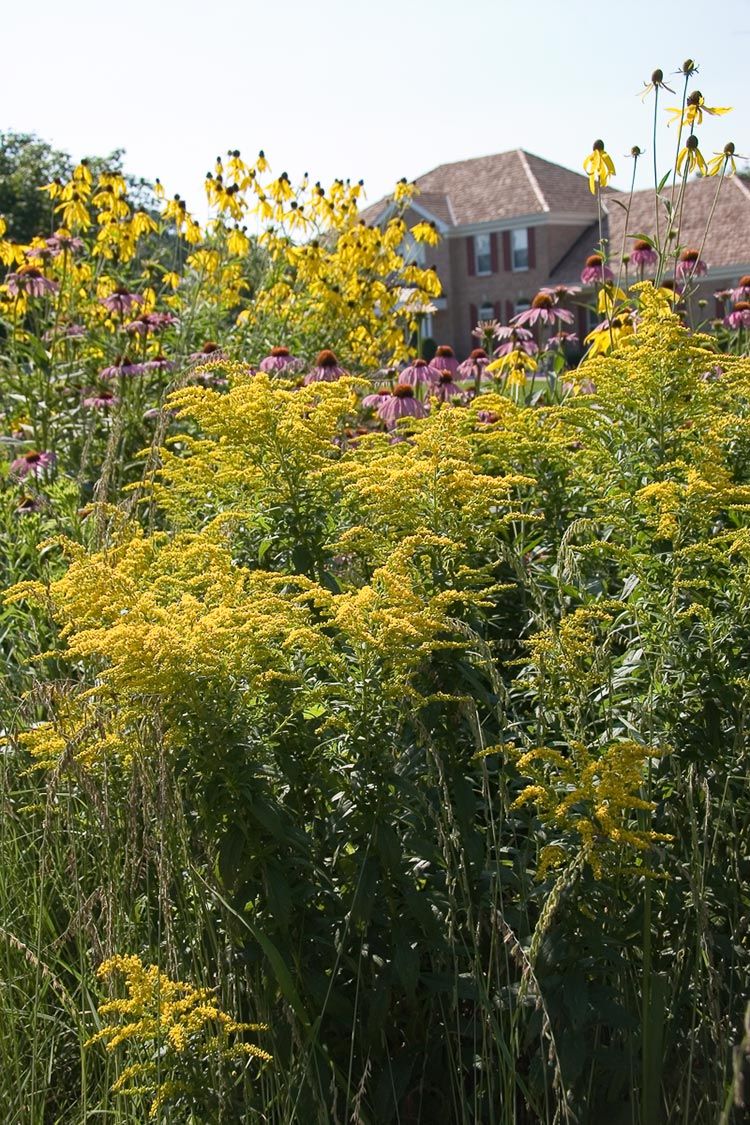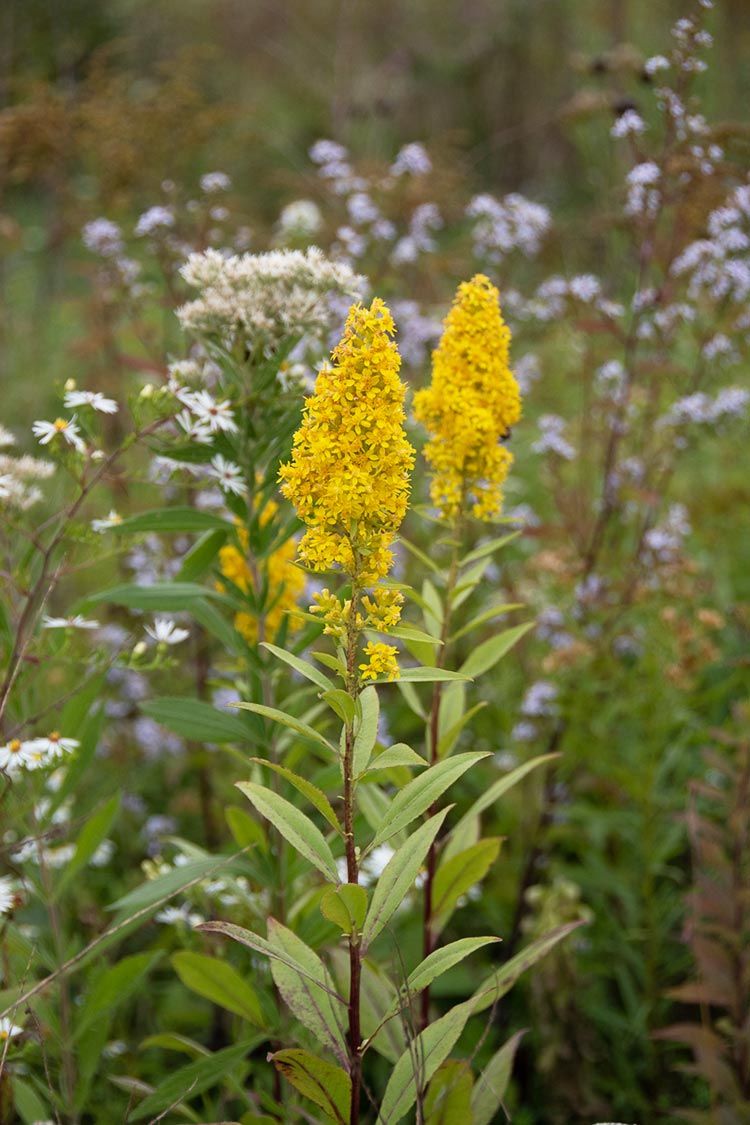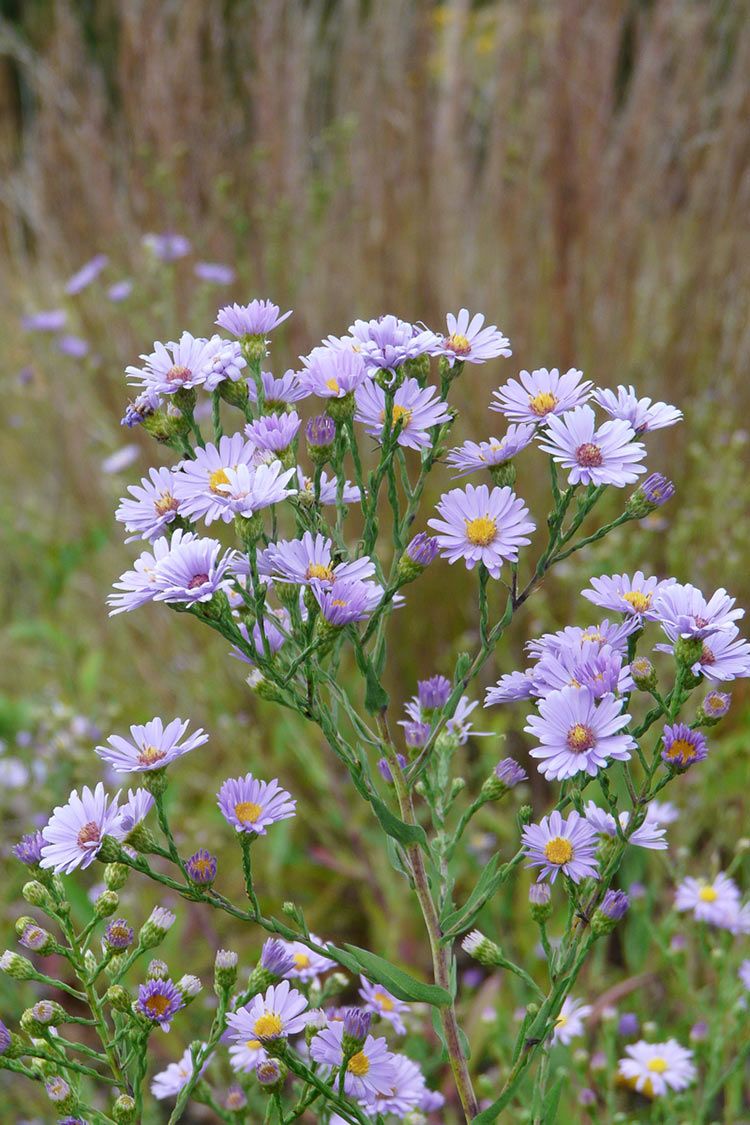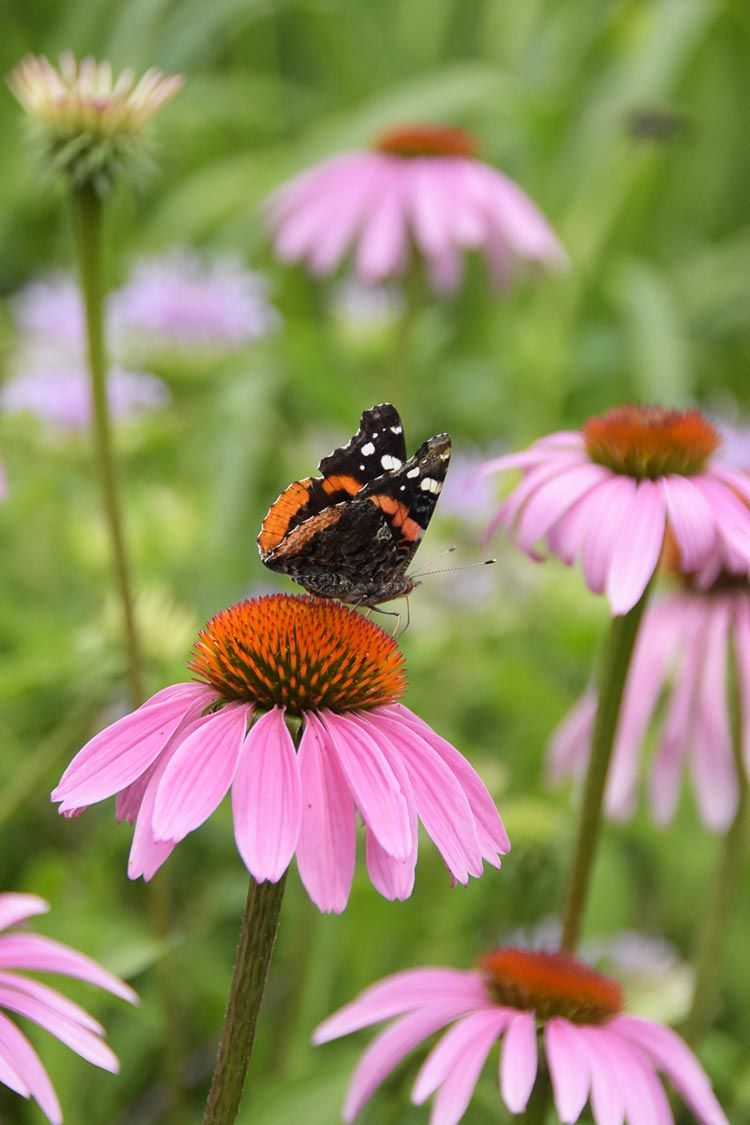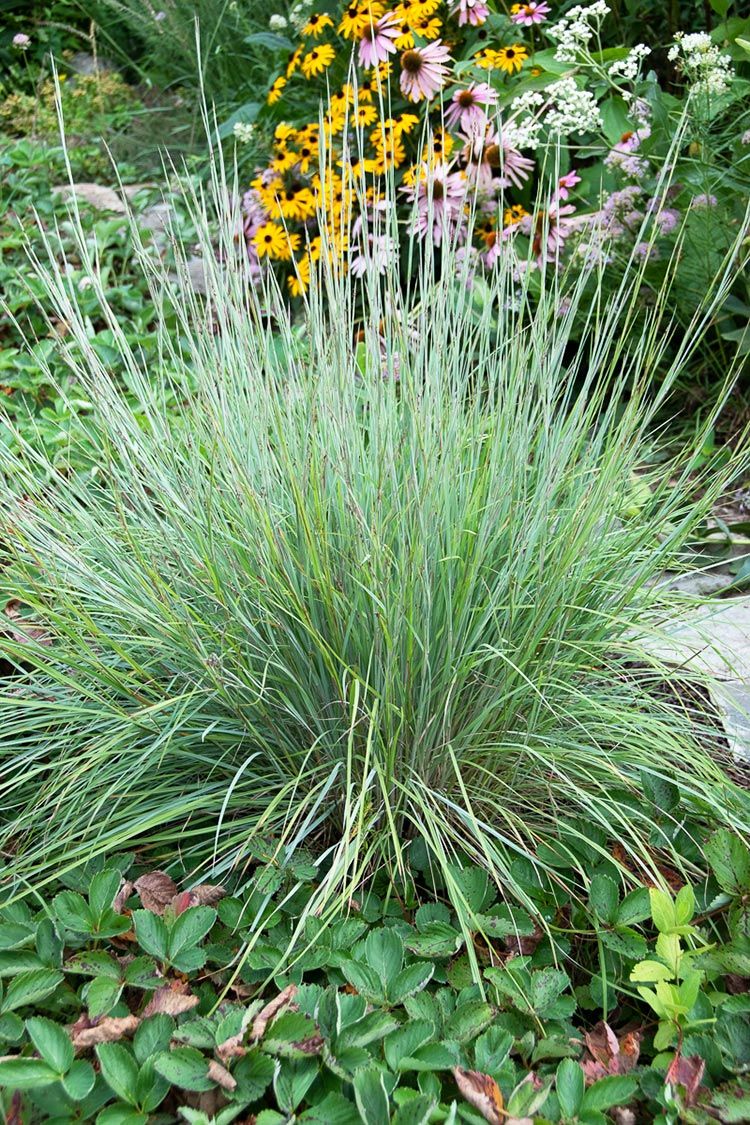Ohio Goldenrod
Ohio Goldenrod has a compact form that belies its large exuberant floral display late in the season. The superb foliage with lush, lance-like leaves radiates out from the base. Excellent for moist clay, it also thrives in good garden soil …
| Soil Type | Clay, Loam, Sand |
|---|---|
| Soil Moisture | Medium, Moist |
| Sun Exposure | Full Sun |
| Height | 3' |
| Bloom Color | Yellow |
| Bloom Time | Aug, Sep |
| Spacing | 18" |
| Zones | 4, 5, 6 |
| Root Type | Fibrous |
| Benefits | Birds, Butterflies, Pollinators, Host Plant, Deer Resistant |
| Seeds per Oz | 90000 |
| Propagation Treatment | Dry Stratification |
| Direct Sowing Time | Spring, Early Summer, Fall |
Ohio Goldenrod has a compact form that belies its large exuberant floral display, late in the season. The superb foliage with lush, lance-like leaves radiates out from the base. Excellent for moist clay, it also thrives in good garden soil.
All Goldenrods support a host of pollinator and insect activity, and this goldenrod is no exception. A couple of interesting and beautiful moths – the Wavy-Lined Emerald, and Green Leuconycta – use this goldenrod as a larval host, as do numerous other smaller moths.





